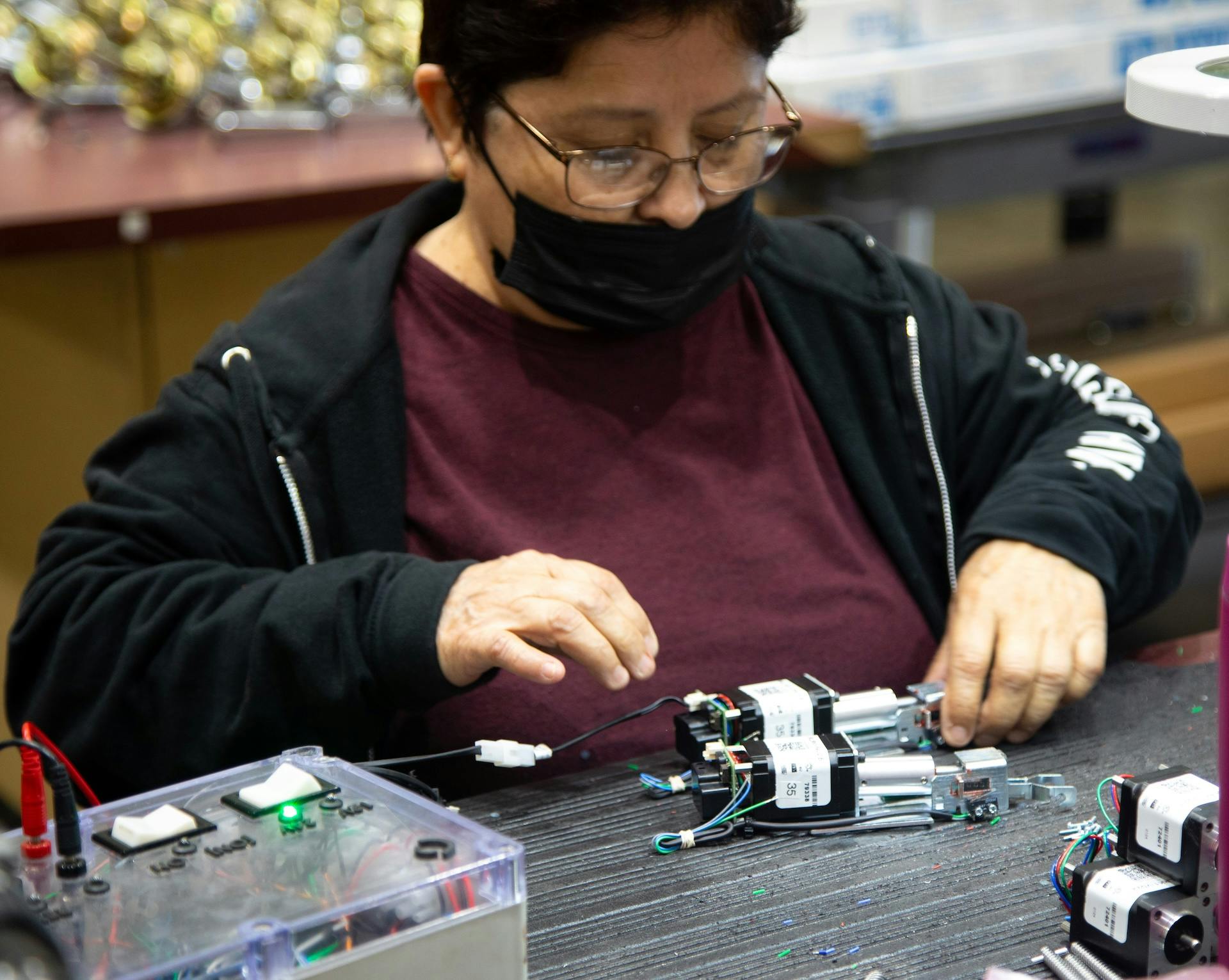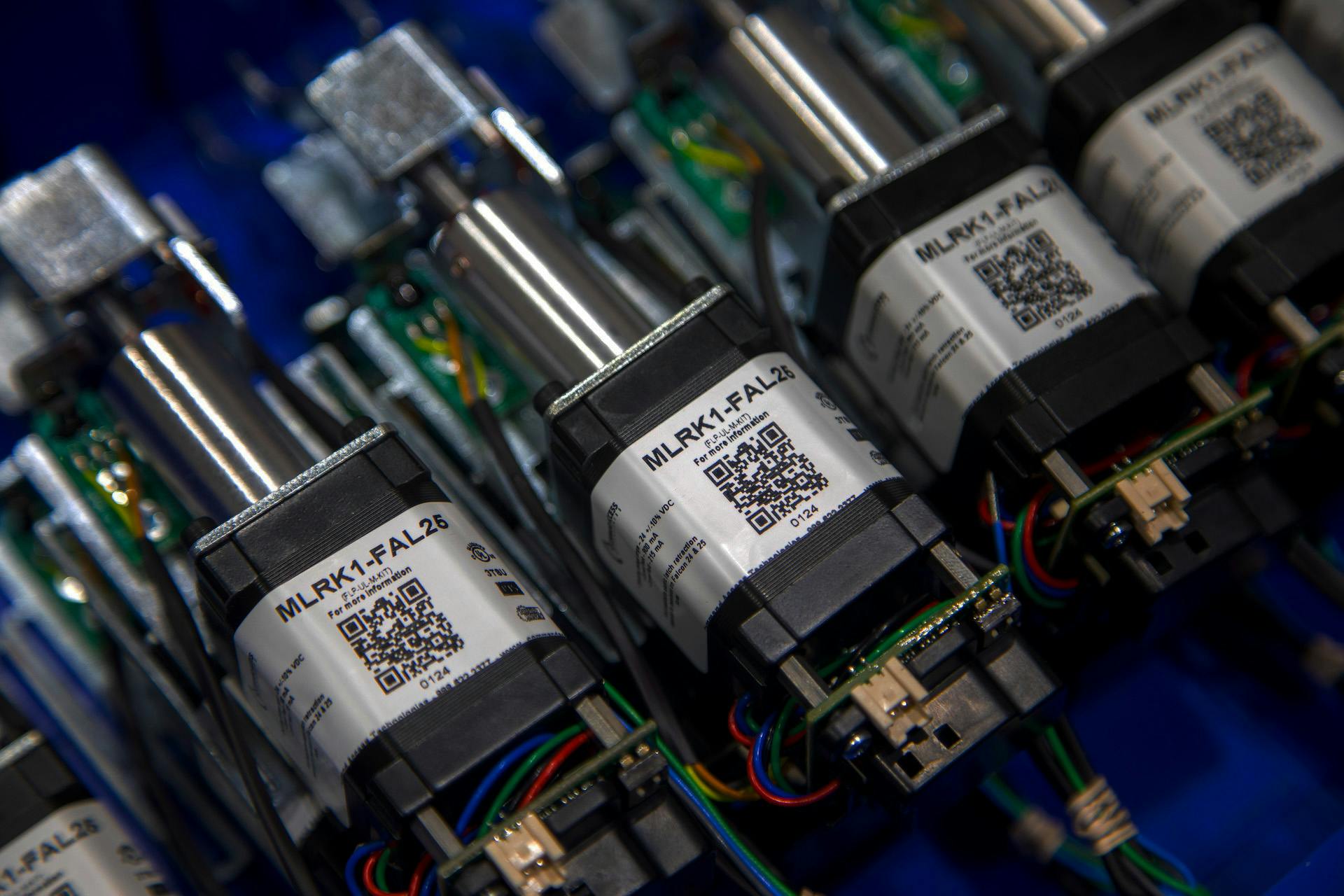Grade 1 exit devices are installed on the doors of commercial and public buildings such as shopping malls, offices, schools, hospitals, and other public facilities. Their purpose is to ensure easy and rapid egress for people in situations of emergency and their use is enshrined within building and fire codes.
However, while being ideal for building egress, they are limited in functionality without electrification. While not unique in electrifying exit devices, Command Access has evolved exit device electrification to the next level. They call it the ‘Motorized Latch Retraction Kit' (or MLRK) and designed from the ground up, providing the latest range available, electrifying virtually every available grade 1 exit device on the market with retrofit capabilities up to 20 years of age.
Why Electrify Mechanical Exit Device Hardware?
There are many reasons to electrify exit devices. Despite exit device design focusing upon easy egress, egress and operation of exit devices can represent significant difficulties for people with disabilities. This is overcome when adding a door operator and actuator with a motorized exit device, enabling fully automated operation.
In addition, electrification can mean the ability to provide exterior authorized users granted access via an access control system. This means gaining access is possible using a credential and the electrification then retracts the exit device latch. No computer network or online access required.
Command’s Approach to the MLRK
So, what makes Command Access’s approach to the design and engineering of the MLRK different than other manufacturers?
Form Factor and Installation
The MLRK is designed to be exceptionally small and fit completely within the exit device. This enables it to be easily retrofitted to existing installations without door modification and avoids any modification being needed to the exit device beyond the actual mounting of the MLRK itself. This eases the technical aspects of installation and means the MLRK, and the electrification of the exit device, provides an added level of security assurance and is completely invisible.
The circuitry required for the MRLK’s operation is physically mounted on the motor itself, reducing connectors and wiring to just the power and contact signaling within the single loom.
Every MLRK that Command manufactures is designed to these same exacting requirements. Implementation is designed to be quick, easy, and mistake-proof. Command also provides documentation and video tutorials helping installers with installation.
Mechanical Retraction of the Device, Not Just the Latch
Unlike many competitive products, the MLRK does not just retract the latch, rather, it operates the exit device mechanically just as it would be operated by a human operator. By using the push pad to retract latches mechanically, the installer only needs to adjust the mechanical linkage to make alignment corrections. This is especially true for vertical rod devices that are used in pairs of doors. With the device adjusted and operating properly mechanically, the MLRK inherits the correction without further adjustment.
Incorporating the mechanical operation of the MLRK directly to the push pad also allows for the devices to be dogged electronically, while the physical condition of the dogging has the push pad pulled in allowing the human operator to physically understand the dogging condition. Dogging the device also eliminates the mechanical activation sounds that accompany normal egress operation.
Power Tolerance
Being motorized, the power demands of the MLRK are extremely low. Despite the recommendation of a 1amp provisioning, power consumption is always below this. Once in the dogged mode, they're programmed to consume 1/4 of the amperage.
Power Failure Tolerance
The ability for the exit device to operate mechanically in a power outage situation is a code requirement. In designing the MLRK, Command reviewed several methodologies.
The idea of adding capacitors to ensure the retraction was released on power failure was considered whereupon detecting a power supply failure, the capacity would hold enough charge for the motor to return to latched. However, that becomes another possible failure point, so it was dismissed.
Another option considered was the use of electromagnets to hold the latch retracted such that power failure would release the electromagnet and return the device to mechanically safe. However, there are two issues here. Using a motor to retract, then a magnet to hold it means that you have two systems that could fail instead of just one. By focusing on one system for retraction and holding, it allows them to ensure that the device can mechanically return to the latch position if the power is interrupted at any point during the retraction or hold period. Similarly, the use of a solenoid retractor was dismissed because of not only the high-power requirement, but the mechanical noise of the retraction and release would be too high.
Also, with the requirement for electronic dogging, magnetic type solutions’ power requirements make all these methods unacceptable.
Another option reviewed was the use of an electromagnetic strike-plate. While it might avoid having to transfer power into the door, these devices have other issues such as the need to permanently modify the door frame (an issue for tenants in rented facilities). Furthermore, such modifications are difficult to conceal, visually exposing it to weaker security, added noise of operation on the release, and relatching operations and added maintenance requirements around alignment issues between door and strike plates that arise through normal operations over time. The biggest issue with using strike plates is the risk of malfunction caused by pre-load. Exterior doors are especially at risk because of air-conditioning and atmospheric wind pressure differentials causing pre-load failure. This in turn causes risk to code compliance.
With all these magnetic methods ruled out, Command landed on a motor operated solution. It was designed with low gearing to enable low power and high torque solution with torque that exceeds the pulling power of a solenoid device (ADA standard of solenoid pulling power being 15lbs).
The MLRK1 activates upon the presence of power, then mechanically returns to the latched position when power is removed. This return utilizes the exit device's internal springs to achieve a 100% mechanical return. Since it is mechanical, it can return to the latched position at any point during the retraction and/or holding cycle.
The Bottom line? MLRK is 100% power failure tolerant, with power interruption at any state of status or operation resulting in a securely latched opening.

Manufactured for Tomorrow
To get the exacting requirements right, Command Access designs and manufacturers every mechanical component here in the United States, with assembly and quality control all done in the United States as well. Testing is done to failure, and we offer an industry-leading warranty on all our products.
The Command Access MLRK line up uses two basic motor platforms to integrate into over 70 different exit device products, covering nearly every grade 1 exit device in the US and Canada market. Being vendor agnostic and performing many operations in house, Command Access ensures consistent pricing across the whole MLRK line. Furthermore, the MLRK can be retrofitted to existing exit devices up to 20 years old.
Command also can provide a Request to Exit (REX) switch kit for mechanical exit devices. This is a component used in access control systems enabling easy control for secured areas.
The MLRK’s design and quality reflects Command's extremely high innovation on design ethos at the core of their mission. The MLRK supports the company’s goal of a zero-failure rate in everything they produce.
For more information on the MLRK or any other product, please contact Command Access.
